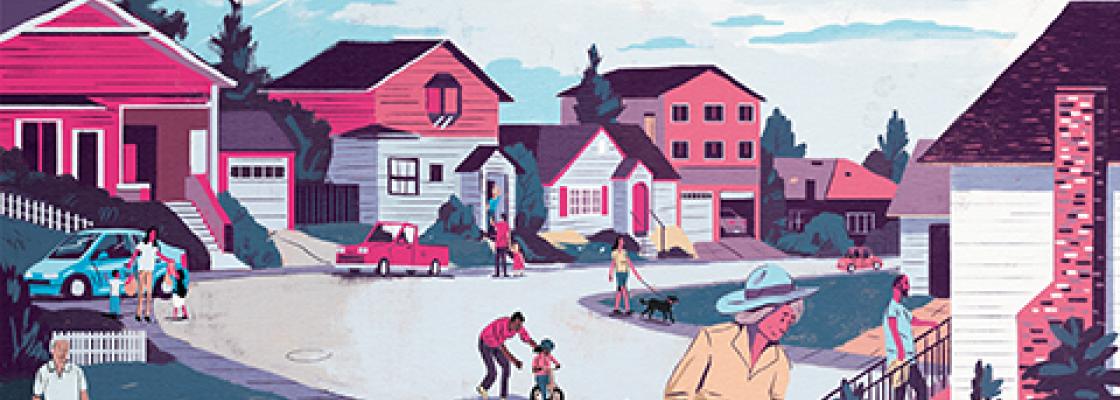
What is the Regional Housing Strategy?
The DRCOG Regional Housing Strategy builds upon the findings of the Regional Housing Needs Assessment to develop a coordinated, data-driven approach to addressing shared housing challenges across the Denver region. It focuses on aligning local policies, community needs and regional goals around housing affordability and connectivity.
The goal is to identify where regional collaboration can lead to meaningful action and to learn from each community about local initiatives making a difference. By engaging with government agencies, housing providers, advocates and funding institutions, the strategy will:
- Highlight shared priorities.
- Identify cross-jurisdictional opportunities.
- Support actionable strategies that reflect both local needs and regional goals.
Why this matters
Community
Housing matters in the lives of our families, friends and neighbors. Our homes and communities shape our lives every day.
Affordability
Too many friends and neighbors are finding it harder to find housing that works for them. Whether it’s an affordable apartment, a place to start a family or a smaller home for aging in place, we need more homes overall and more diverse housing choices.
Diversity
Communities across our region are unique but have shared housing challenges. Whether we are urban or rural, large or small, new or old, it’s getting harder to create homes that workers can afford and that meet diverse housing needs.
Quality of life
Housing is at the center of many other issues we care about it — from improving health, being more climate resilient and creating more equitable communities to reducing traffic, building livable places and supporting economic vitality.
The Regional Housing Strategy process
Phase 1: Getting Started
Build key partnerships, gather community insights and refine regional priorities to lay the foundation for the strategy.
Phase 2: Shaping the Strategy
Refine goals, identify best practices and shape strategic initiatives.
Phase 3: Aligning for Action
Validate priorities, align resources and build momentum for action.
Steering Committee
Elected officials and leaders representing communities from across the Denver region are meeting at key milestones during the process to provide strategic direction and ensure the Regional Housing Strategy reflects and responds to local needs and priorities in addition to being a model for regional collaboration and action. The group’s members will also serve as liaisons to other decision-makers, including the DRCOG Board.
Advisory Group
The Advisory Group brings together key partners with a range of perspectives and technical expertise to help guide the work and address our region’s shared housing challenges. The Advisory Group is meeting over the course of the process to provide feedback and input on the Regional Housing Strategy’s development and how to put the final plan into action.
Working together
- Every community in our region is different, but we’re all facing similar housing challenges. It’s more challenging than ever to create the homes we need to meet the diverse housing needs in our communities, including homes of different sizes, at different price points, in the places where people can easily get to where they need to go.
- Change is going to happen. We want to thoughtfully and deliberately shape the changes in our region and communities to build a better future for us all.
- We have a lot to learn from each other. Whether that’s learning about local initiatives that have helped to deliver or preserve needed housing, or different groups (planners, builders, community members, financing experts) talking with each other to develop new approaches and solutions, there’s value in shared learning and problem solving.
- Working together we can make a difference. We can get more done by working together than by working apart, collaborating to make the change we want in our communities and across our region.
Get involved!
We are in this together.
Whether you are a policymaker, a planner, a builder, a service provider or a passionate community partner, we each have roles to play in creating a shared vision, developing workable solutions and implementing the change we want to see.
Regional Housing Strategy Resources
